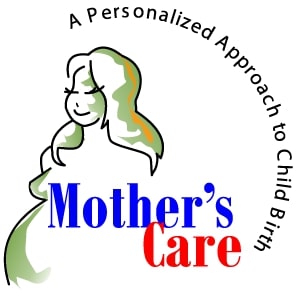Anovulation and PCOS
The only time a woman can conceive is during ovulation. Some women ovulate rarely or even never, thus reducing their chances of having a child. The most common example of non-ovulating women are women with the polycystic ovarian syndrome (PCOS). According to World Health Organization (WHO), there are three types of anovulation:
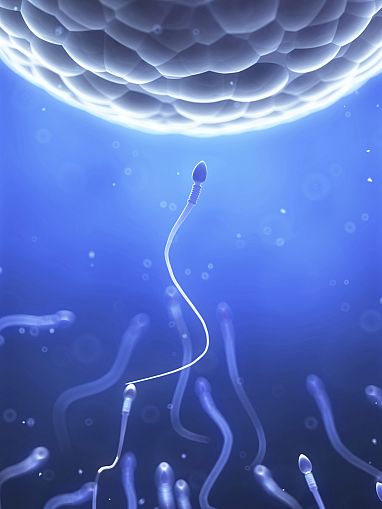
- WHO type I – hypogonadotropic hypogonadism
- WHO type II – normogonadotropic anovulation
- WHO type III – hypergonadotropic hypogonadism
In cases of hypogonadotropic hypogonadism (type I), primarily resulting from excessive stress, exercising, or significant weight loss, ovulation is usually required after eliminating problems leading to anovulation.
Hypergonadotropic hypogonadism (type III) is a result of early depletion of ovarian reserve. These patients rarely react to usual treatments, and usually, egg donation is the only option.
A group of patients with anovulation problems caused by hyperprolactinemia (HP – elevated prolactin in the blood) is successfully treated. In addition, anovulation caused by thyroid disorders is treated by re-establishing normal thyroid function, which then re-establishes ovulation.
Ovulation induction is challenging in women with anovulation due to hypothalamus and pituitary conditions (WHO type II, mostly PCOS – polycystic ovarian syndrome). It is potentially dangerous due to multiple-follicle development and ovarian hyperstimulation syndrome (OHSS), along with potential multiple pregnancies, which carries numerous risks for children. At the same time, a woman will fail to react to the treatment. According to the European Society of Human Reproduction and Embryology (ESHRE), the aim of ovulation induction in women with PCOS is mono-follicular ovulation (development of a single follicle) with maximal reduction of OHSS and multiple pregnancies risks.
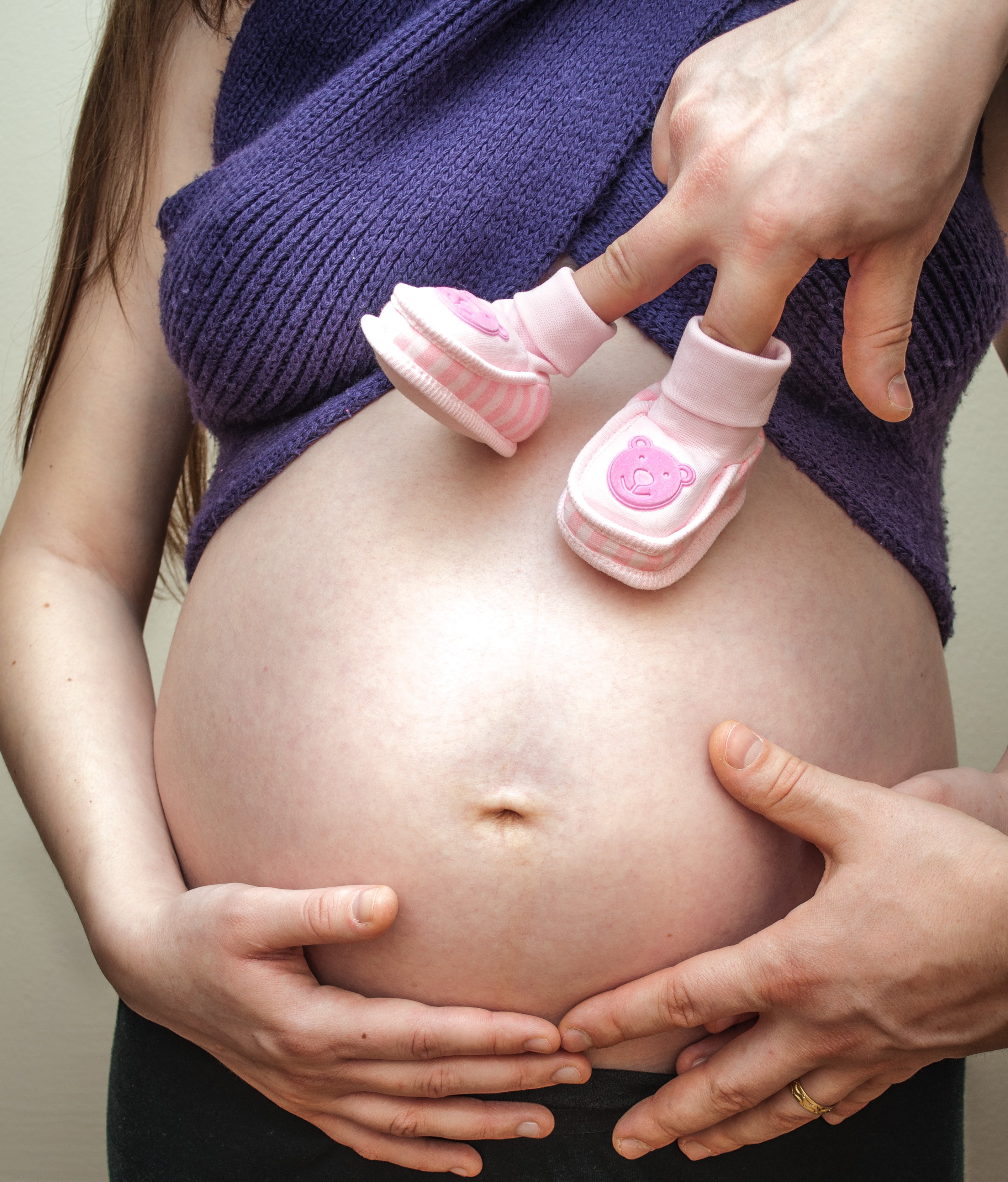

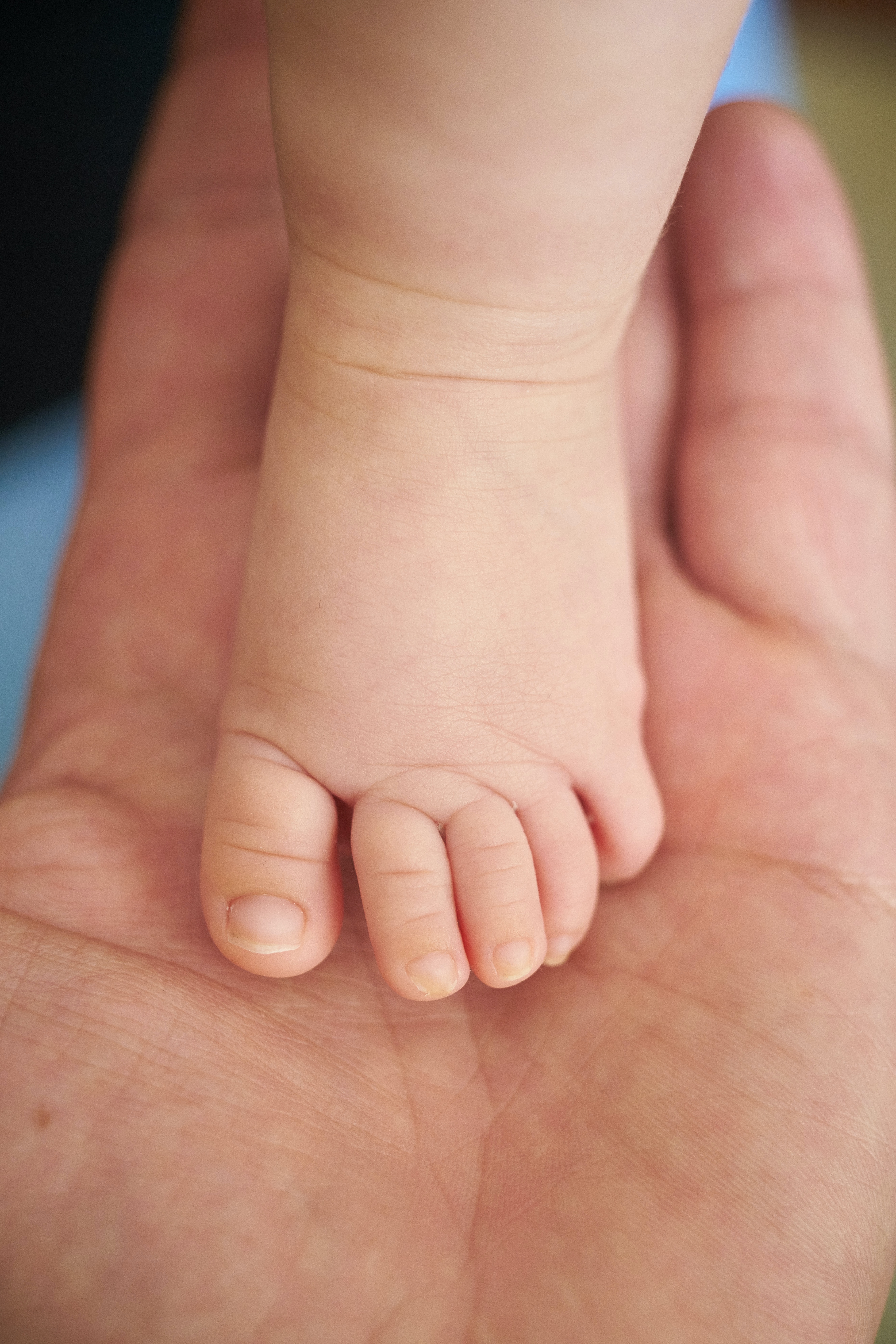


.jpg)
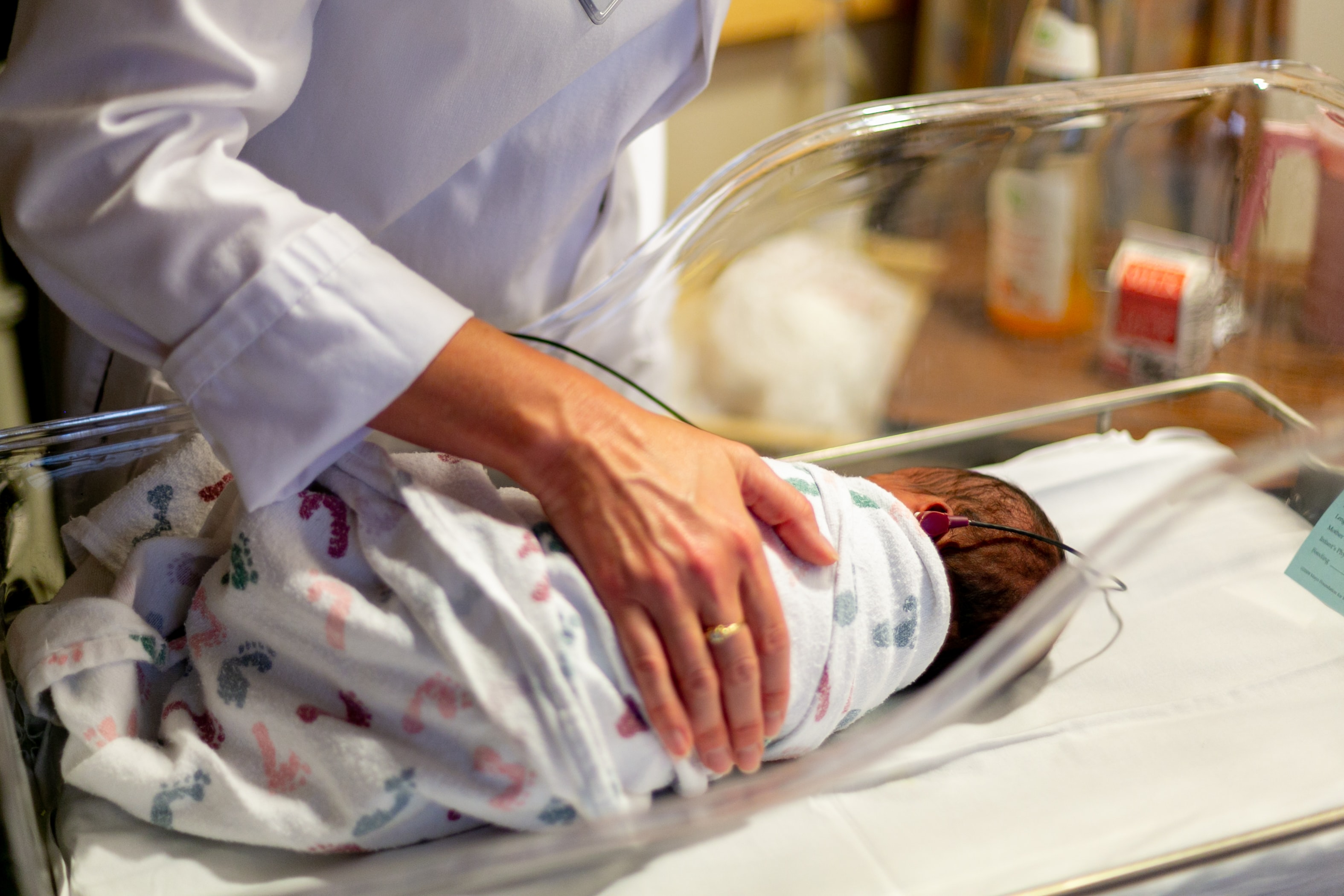
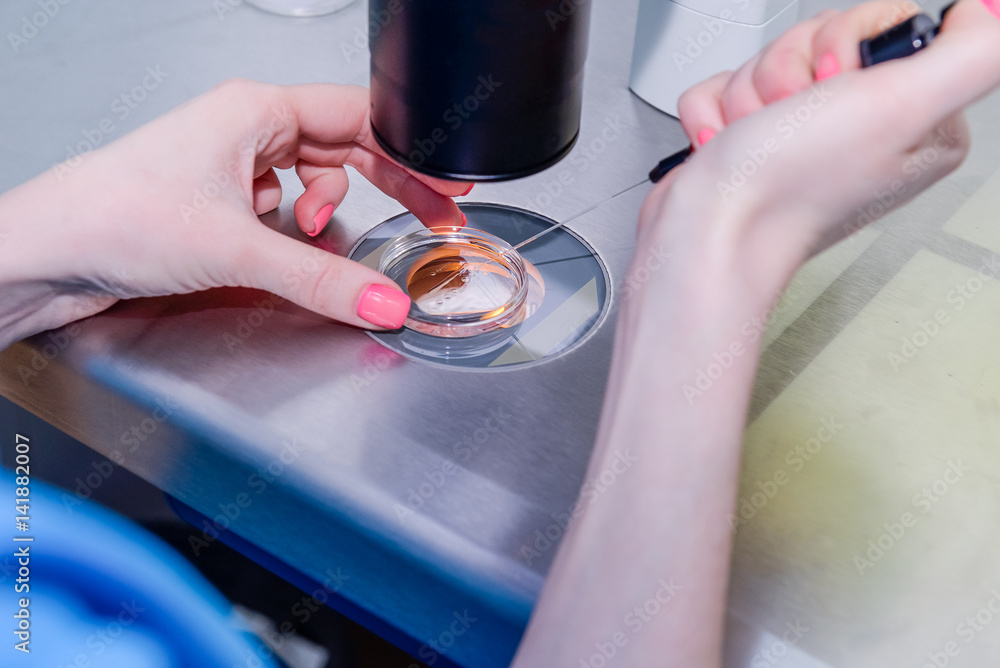
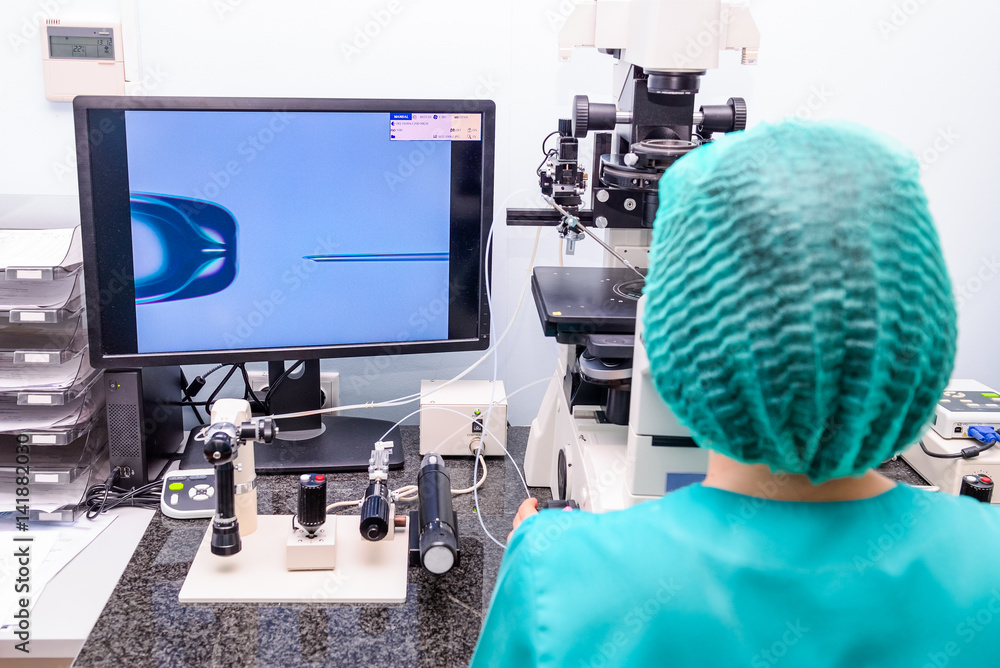
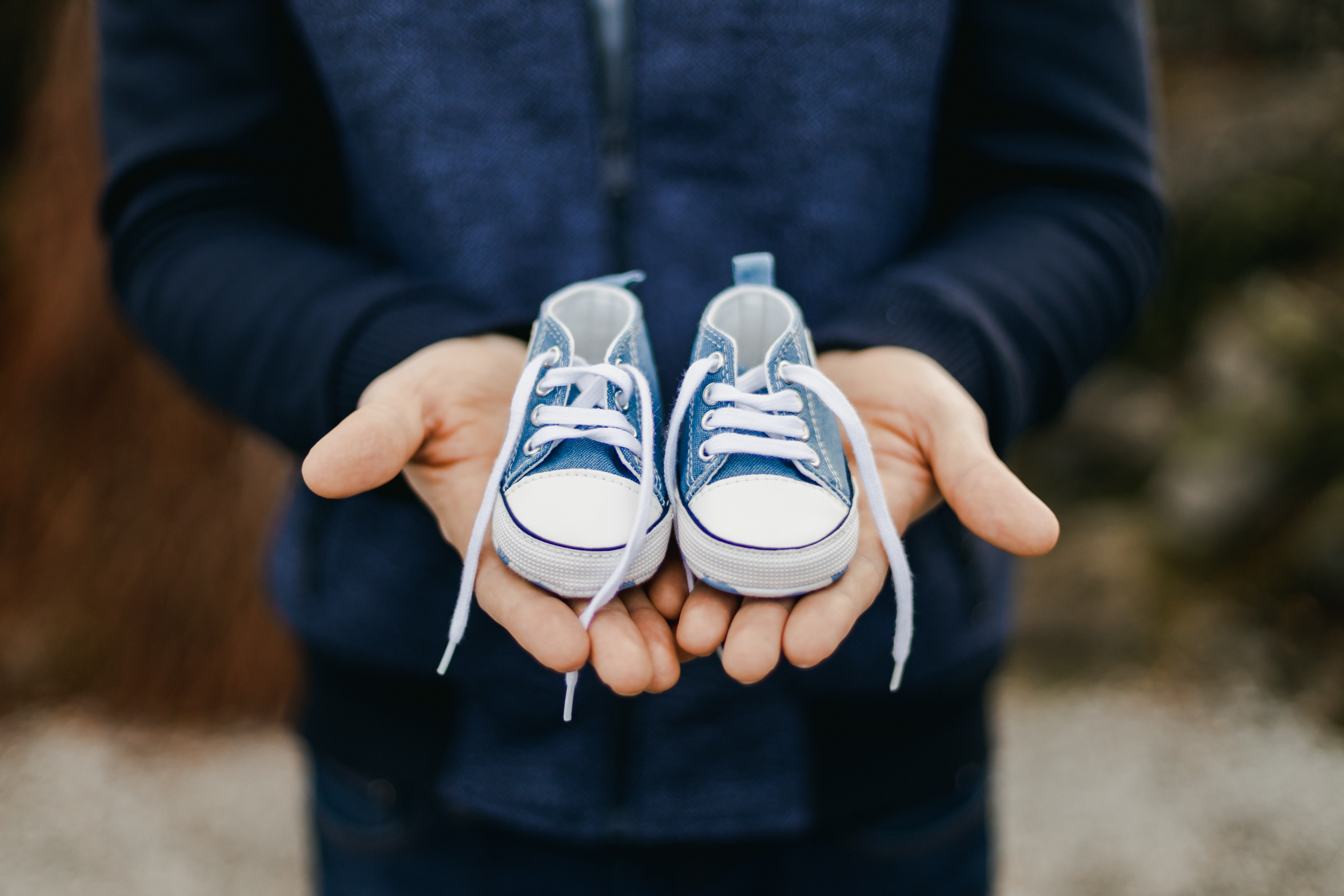
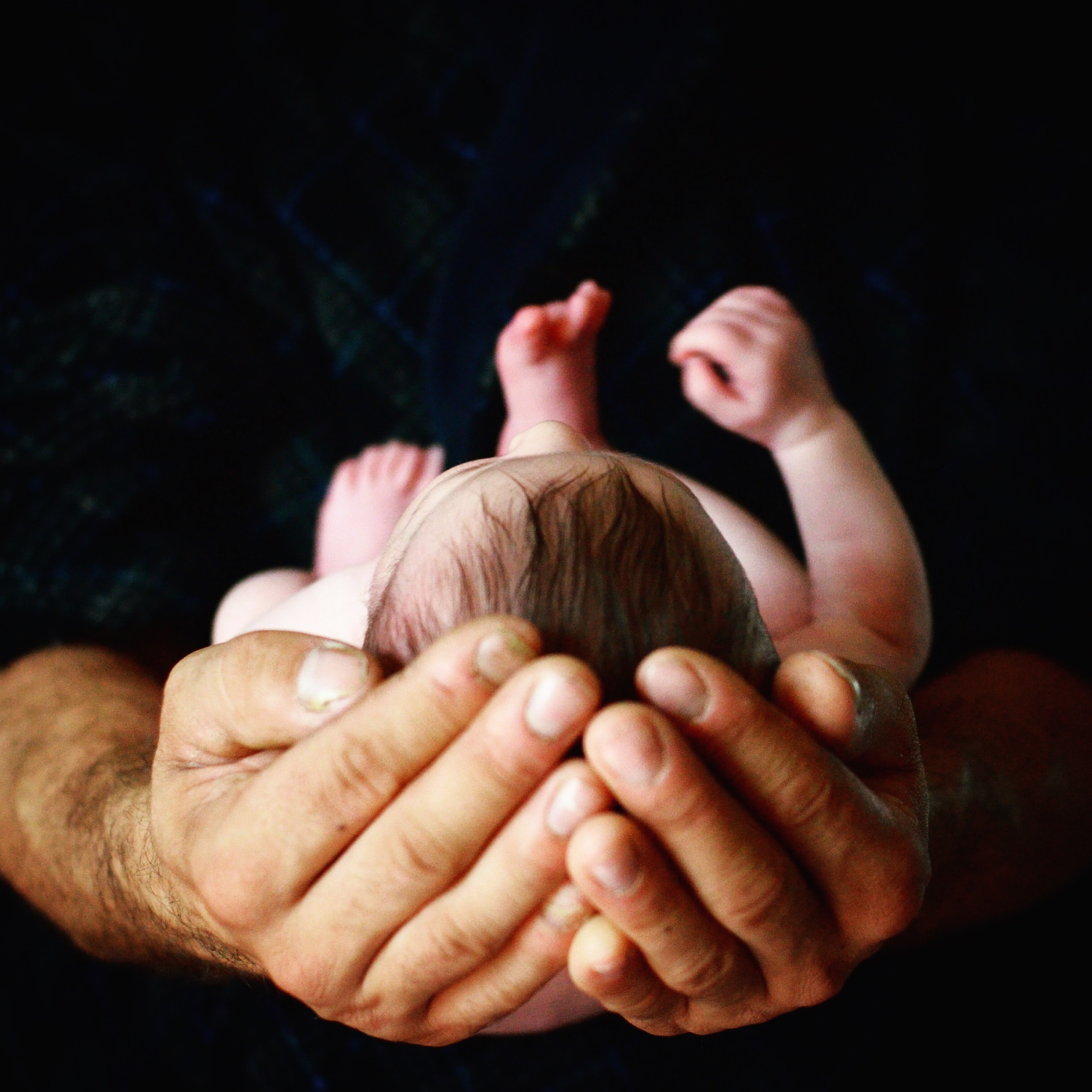
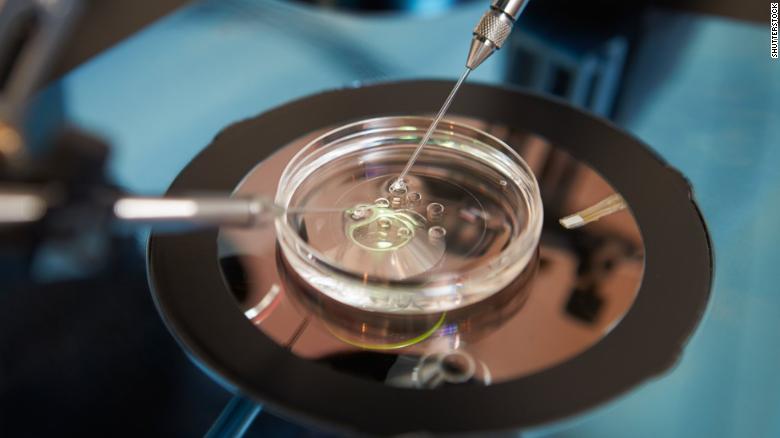
.jpg)

